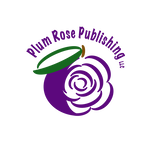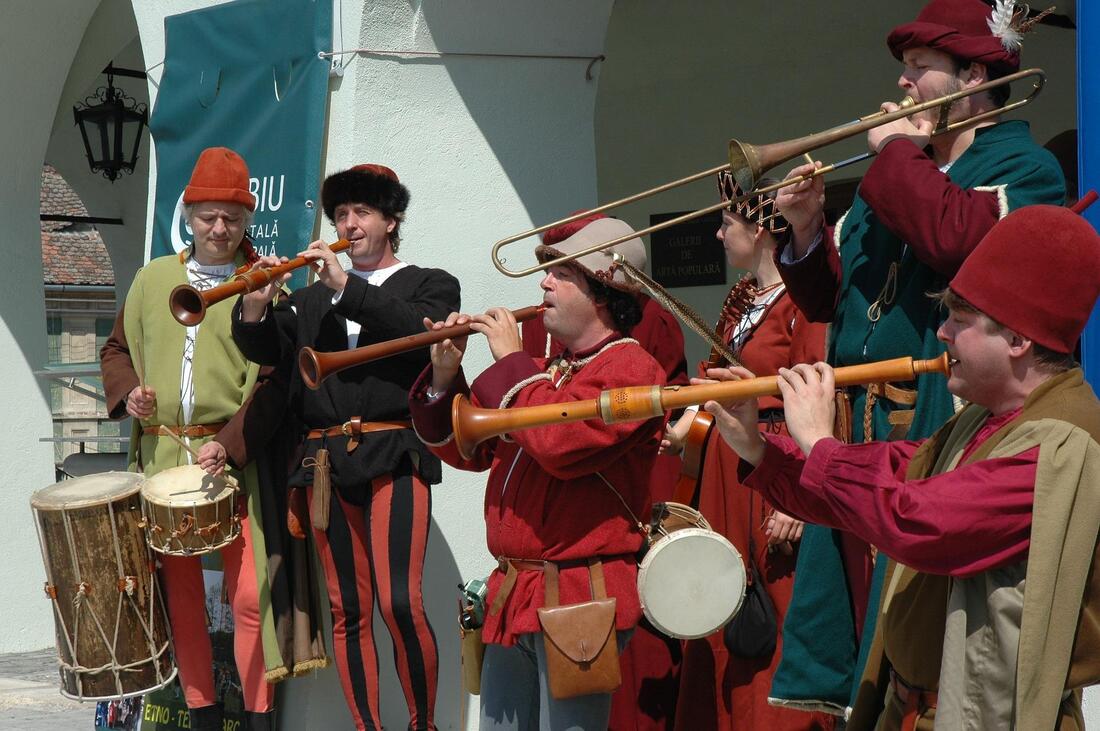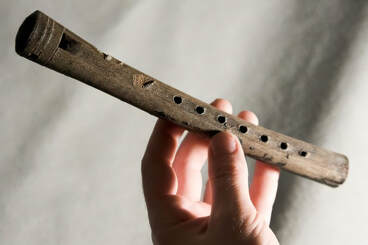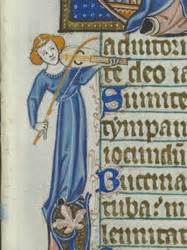Instruments of the Medieval EraThe instruments of the medieval era fit into three different instrument families: wind, strings, and percussion. Flutes are a type of wind instrument that were popular during this time, but was very different than the flutes you would see in an orchestra today. Medieval flutes were not made of metal and did not have the airtight padding which make playing easier. Instead, flutes were made from carved wood and had simple holes which needed to be covered completely by the player’s fingers. Like the flute, was the recorder. The difference between a recorder and a flute is a fipple, which directs air across the edge of the tone hole. Also, the playing position of a recorder is different. Flutes are played with the instrument horizontal and recorders point down to the ground. Stringed instruments during the Middle Ages were larger than their counterparts we use today. One instrument that went through significant changes in the way that it was played during the Middle Ages was the dulcimer (dull-sim-err). The dulcimer is a large, board-like instrument covered in strings of different lengths to produce different tones. Originally, the instrument had to be plucked like a lute – the ancestor of the guitar – but once metal strings became cheaper and easier to make, they were hit with small hammers. The way the hammered dulcimer – as it was now called – operates is like a piano, in that a piano has eighty-eight small hammers that pound on small metal strings to produce tones. Another stringed instrument we will look at is the vielle, a predecessor of the violin. The vielle was a large, handheld instrument that was played much like a violin, with a bow. The vielle was shaped a bit like a figure-8 and could have different numbers of strings. In the image below, you can see a three-stringed vielle. The different instruments used in the Middle Ages were all varied and had different uses. Even though some of them may look strange, there is no denying the connection between the instruments used then and those used now. Learning about where our musical instruments came from helps us to appreciate them all a lot more.
|
|
Contact Us:
By Email: info@plumrosepublishing.com By Mail: PO Box 6917 Hudson, FL 34674 |
We use PayPal: PayPal accepts Debit or Credit Card
Price plus tax and shipping and handling
Price plus tax and shipping and handling
company id 100




